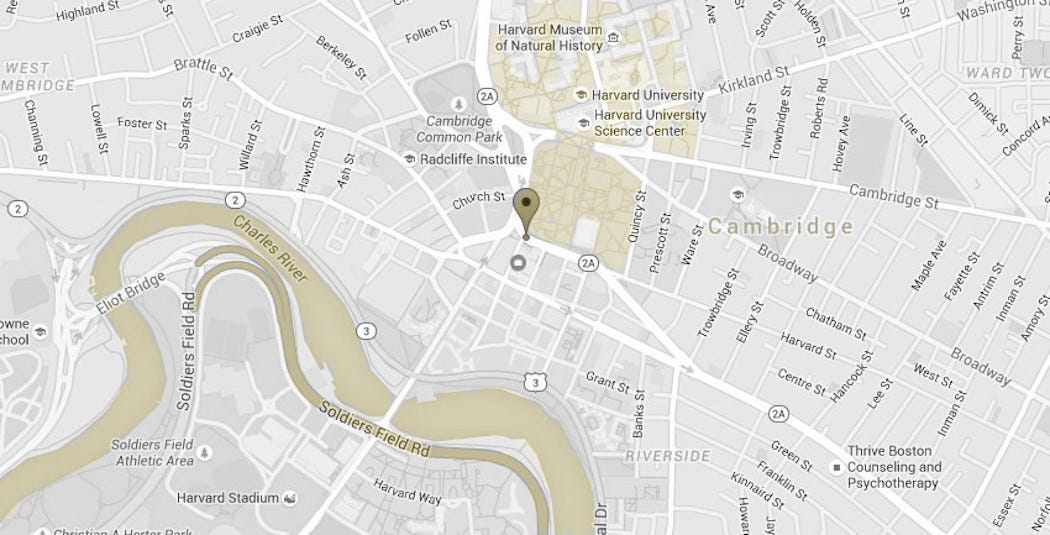It would be great if we as devs got to play with limitless memory and never had to care about working with it judiciously. Unfortunately, that isn’t true, and hence, we have to behave like a renter to the OS—rent the memory for a while, use the memory, and then hand it back.
Swift is a smart language, and it knows that many devs don’t like handing the memory back to the environment; hence, it keeps track of the allocated memory using a mechanism called ARC (automatic reference counting).









